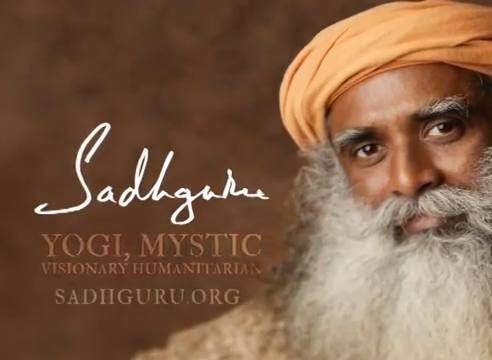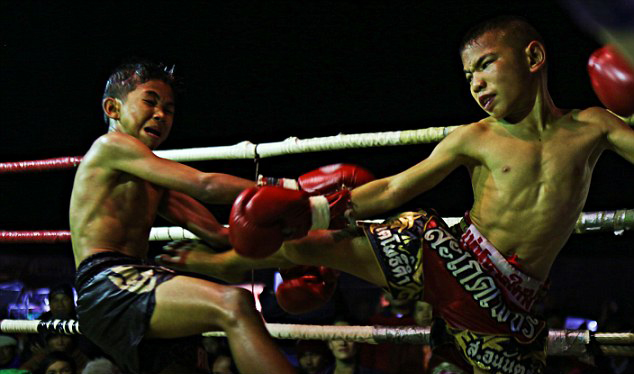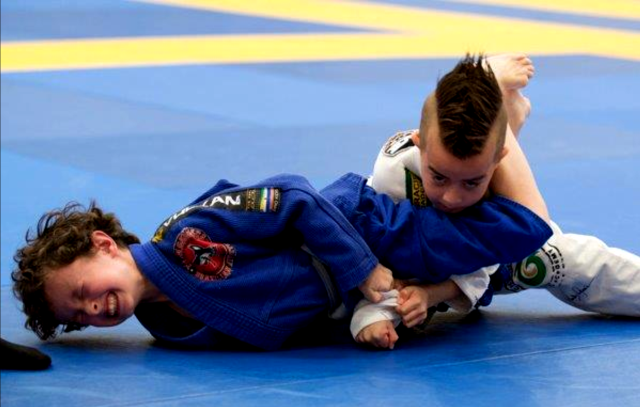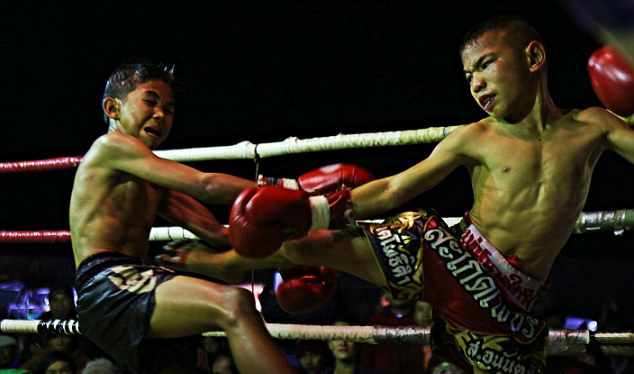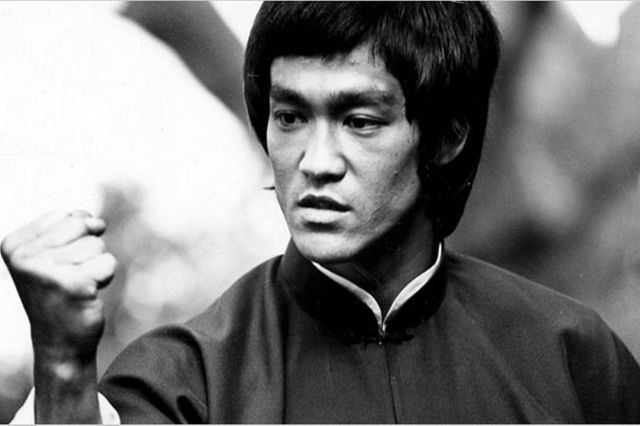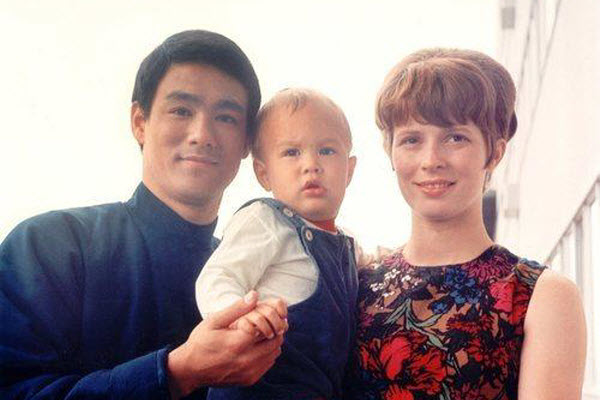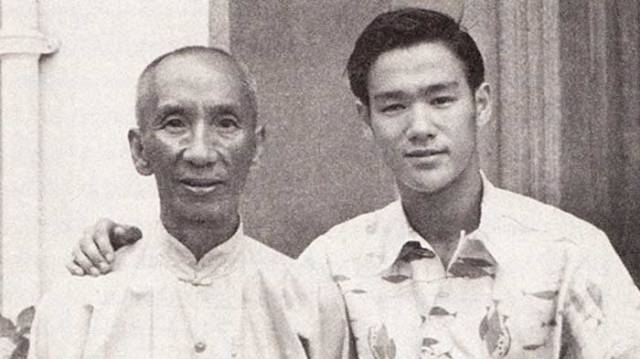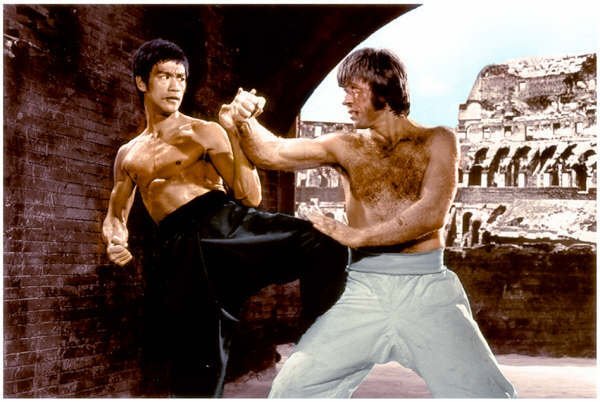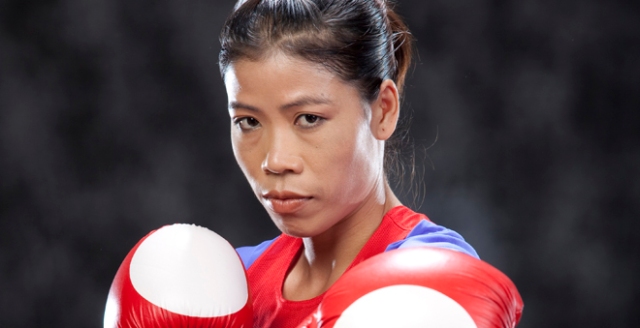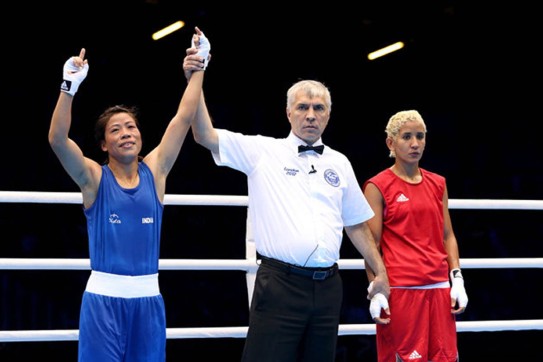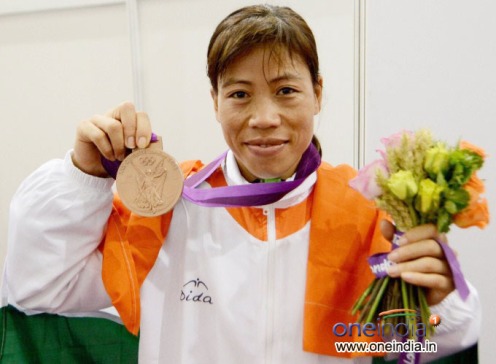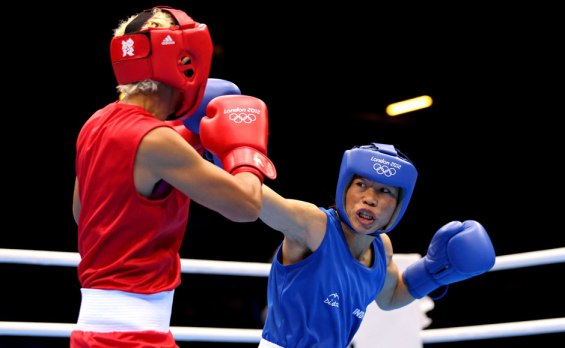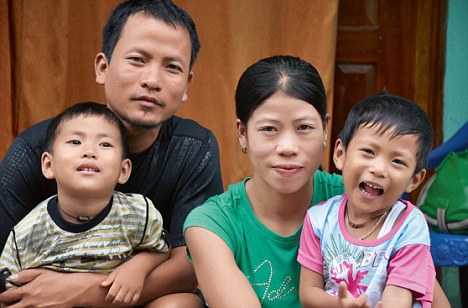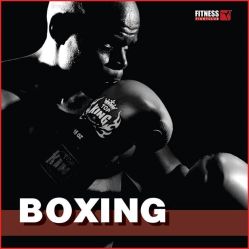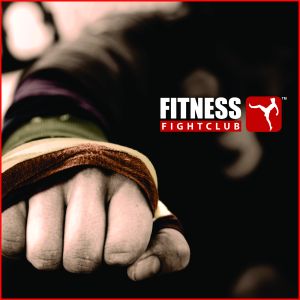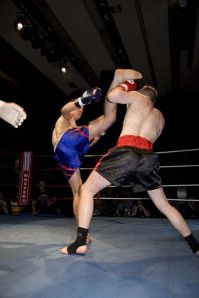Drugs have been a part of our culture since the middle of the last century. Popularized in the 1960s by music and mass media, they invade all aspects of our society. A number of factors such as peer pressure, curiosity, stress, fun etc, could lead one to use drugs. Most people have tried some or the other form of drugs but why is it that only a few get addicted? Most drugs directly or indirectly target the brain’s reward system by flooding the circuit with dopamine; a neurotransmitter present in regions of the brain that regulate movement, emotion, cognition, motivation, and feelings of pleasure. When drugs enter the brain, they can change how the brain performs its functions. These changes are what lead to compulsive drug use, the hallmark of addiction.
Although drug use is a choice, it is important to understand the effects of drug use – both immediate and long-term – to our brain, body and life.
Health Problems
The impact of drug abuse and dependence can be far-reaching, affecting almost every organ in the human body. A person on drugs may not realize they have a problem until pronounced effects of drug abuse are seen, often physically. While drug abuse effects on the body vary depending on the drug used, all drug abuse negatively impacts one’s health. Some common effects are:
- Weaken the immune system, increasing susceptibility to infections.
- Sharing needles from injecting certain types of drugs can put one at major risk for getting diseases like Hepatitis C, Hepatitis B, as well as HIV.
- Lead to cardiovascular conditions ranging from abnormal heart rate to heart attacks. Injected drugs can also lead to collapsed veins and infections of the blood vessels and heart valves.
- Cause nausea, vomiting, unusual sleeping patterns and abdominal pain.
- Liver damage or failure.
- Seizures, stroke and widespread brain damage that can impact all aspects of daily life by causing problems with memory, attention and decision-making, including sustained mental confusion and permanent brain damage.
- Produce global body changes such as breast development and impotence in men, dramatic fluctuations in appetite and increases in body temperature, which may impact a variety of health conditions.
- Drug related injuries occurring from accidents, violent behaviour, falling, etc,.
Effects on the Brain
Drug abuse can have prolonged effects on one’s brain, interfering with an individual’s ability to make decisions, leading to compulsive craving, seeking and use. Before people can realise, they are suffering from ‘Drug Dependency’. All drugs of abuse – nicotine, cocaine, marijuana, and others – affect the brain’s “reward” circuit, which is part of the limbic system. Drugs hijack this “reward” system, causing unusually large amounts of dopamine to flood the system. This flood of dopamine is what causes the “high” or euphoria associated with drug abuse.
Psychological Effects
One of the primary effects of drug abuse can be found within the definition of drug abuse itself: an increasing, intense desire to use the drug above all else. Drug craving can shift a person’s entire mental focus to obtaining the drug. Side effects of drug abuse then include preoccupation with where to get the drug, how to get money for the drug, and where and when the drug can be used. Psychological drug abuse effects commonly include changes in mood. A person may be anxious, thinking about when they can next use the drug, or depressed due to drug side effects.
Few Psychological effects of drug abuse are:
- Paranoia
- Anxiety Disorder
- Depression and Schizophrenia
- Aggressiveness
- Hallucinations
- Addiction
- Impaired Judgment
- Impulsiveness
- Loss of Self-Control
Birth Defects
For pregnant Women who use illicit drugs such as marijuana, cocaine, ecstasy, amphetamines, and heroin pose various risks for their babies. Some of these drugs can cause a premature delivery, babies could suffer from withdrawal symptoms, birth defects or learning and behavioral problems. Additionally, illicit drugs may be prepared unhygienically that may be harmful to a pregnancy. Women who use illicit drugs may engage in other unhealthy behaviors that place their pregnancy at risk, such as having extremely poor nutrition or developing sexually transmitted infections.
Lifestyle and Relationships
Drug abusers choose drugs over everybody else; that includes family and friends. One of the side effects of drug abuse is the loss of friendship and family due to these choices. Conflict and breakdowns in communication can become more common. Drug use can also affect our ability to concentrate at work. The side effects of using drugs-like a hangover, or a “coming down” feeling-can reduce the ability to focus at work, loss of productivity, etc., leading to disciplinary action, expulsion or dismissal. Regular drug use is an expensive affair. In extreme situations, people who are addicted to drugs might try anything-including unlawful activities such as stealing, to secure money to get their next fix.
_________________________________________________________________
Reinvent yourself! Take the first step. Sign up https://goo.gl/FWnXfG with us for your Trial Class.
For more information, visit www.fitnessfightclub.com



